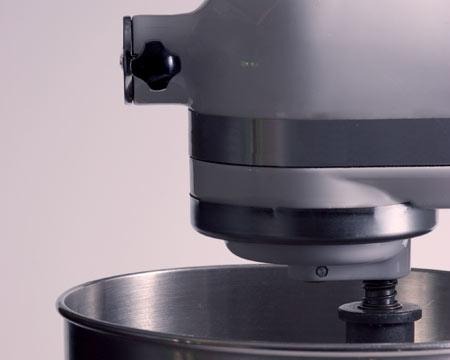The Secret To Momofuku Milk Bar's Cookies
I will go so far as to say mixing is the most important step in making a Milk Bar cookie. Mixing the cookie dough is the first thing any of our cooks learn how to do. Everyone thinks they know how to mix a cookie, but I disagree.
The basics are as follows:
- Use a stand mixer with the paddle attachment.
- Make sure both the bowl and paddle are at room temperature (not hot out of the dishwasher or dishwater).
- Use room-temperature butter (65 degrees to 70 degrees). Butter that's too warm will make butter soup; butter that's too cold will take twice as long to cream properly.
- Beat the butter and sugar(s) together on medium-high for 2 to 3 minutes. (If the recipe calls for glucose, add it with the butter and sugar.) This dissolves the sugar while incorporating small pockets of air into the mixture. The air pockets develop as the sugar granules cut into the butter. This creaming process seals the hard-body bond between your butter and sugar.
- Use either cold or room-temperature eggs; room-temperature ones will incorporate more quickly.
- Add the eggs one by one, waiting for each one to be incorporated before adding the next. Then paddle on high for 7 to 8 minutes. The eggs help to strengthen and emulsify the bond.
- If the recipe calls for vanilla extract, add it with the eggs.
- If the butter ever begins to separate or turn into soup on you, throw everything into the fridge for 5 minutes, let the butter firm up, and try again. You can think of this process in terms of how a croissant bakes: Butter is made up of fat, milk solids, and water. As a croissant bakes, the water content in the butter steams the delicate layers of the croissant apart, creating air pockets and a flaky dough. Without the bond between the butter and the flour, there would be no structure to hold the dough around the air pockets. So works the bond between butter and sugar in the creaming process. The eggs are the insurance for the butter-sugar bond. In the oven, the butter-sugar bond rises and crisps up, rendering the outside of your cookie delicately crunchy in texture. But if creaming is not executed properly, unbound sugars bake into a dense, sandy cookie, where excess butter without a bond and without a home seeps out onto your pan instead of baking into your cookie.
Signs things are going right:
- The butter mixture is a very pale yellow (with a hint of brown if brown sugar is in the mix).
- The mixture has doubled in size and looks like a cloud: puffy and voluminous, with soft peaks.
- The mixture is slightly shiny and homogenous, with just a little grit from the sugar crystals.
- Take this process seriously. Magic doesn't just bake itself in an oven. You can certainly make delicious cookies even without a mixer, melting the butter and mixing the dough with a wooden spoon. But not these cookies.
Click here to see Momofuku Milk Bar's Corn Cookies Recipe
Christina Tosi and David Chang, pastry chef and chef of Momofuku Milk Bar and authors of the cookbook Momofuku Milk Bar.
Reprinted with permission from Momofuku Milk Bar by Christina Tosi, copyright © 2011. Published by Ten Speed Press, a division of Random House, Inc.
